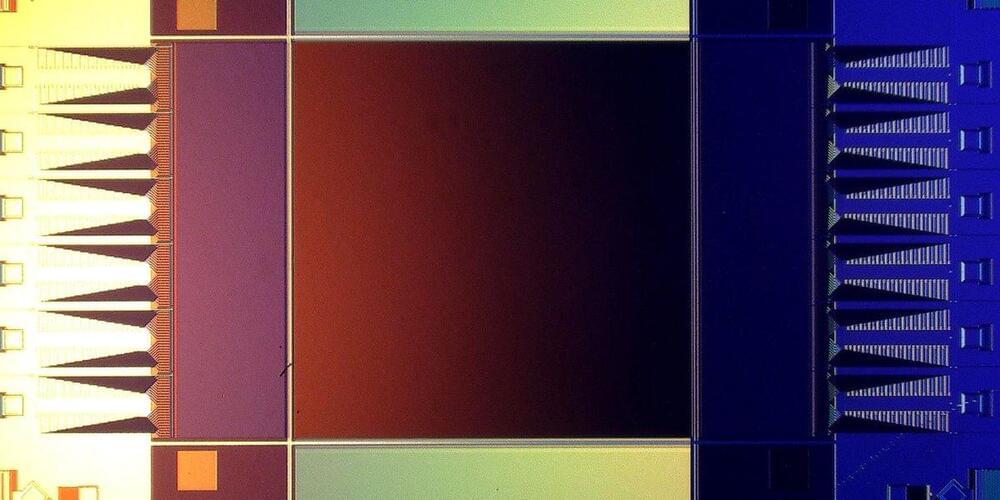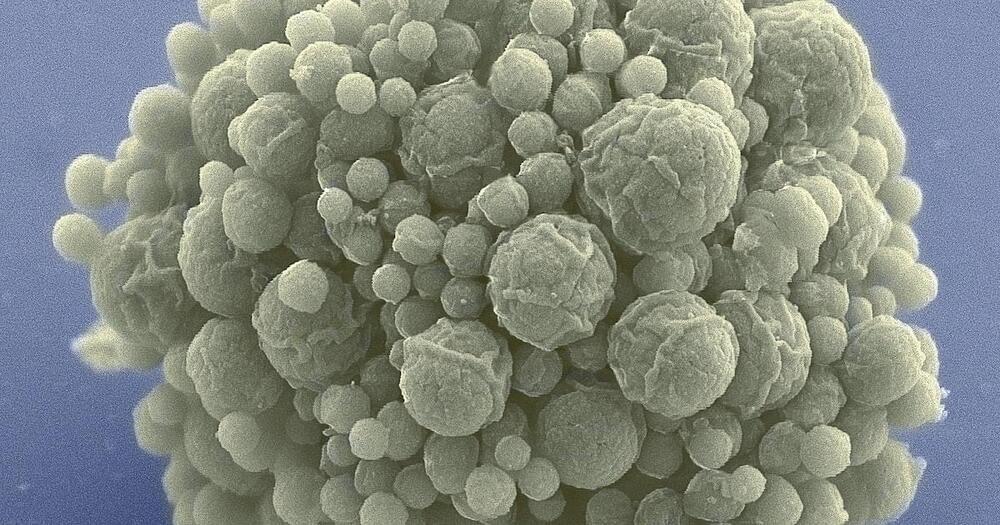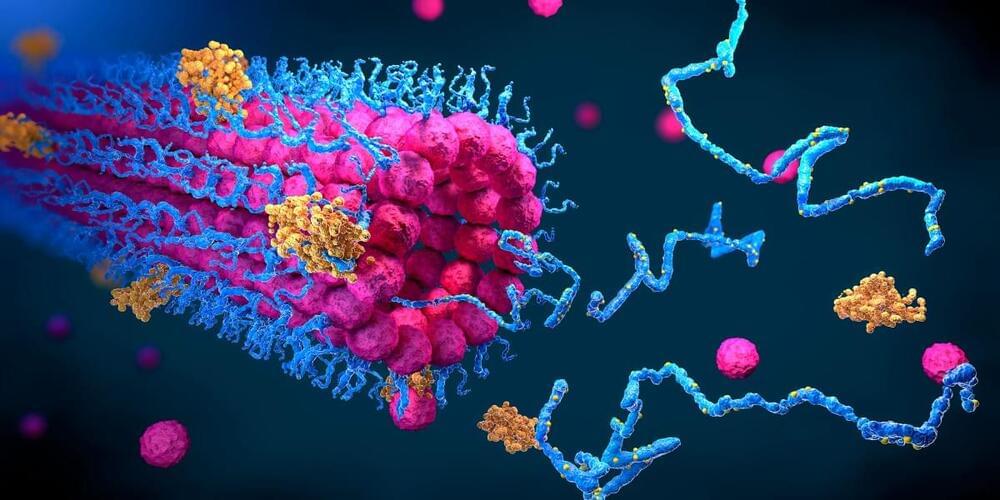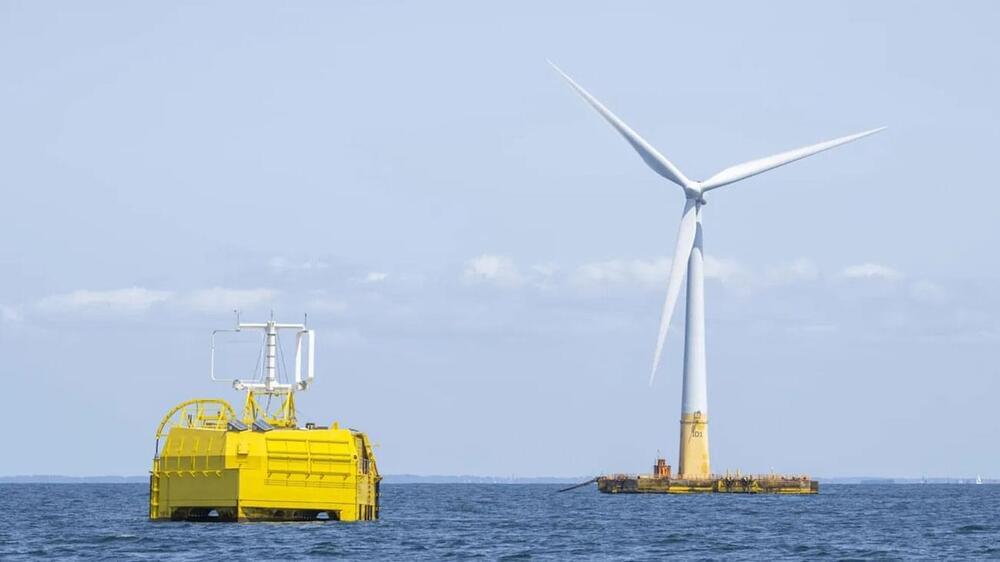The tech has long been stymied on how to scale it out of the lab.



The sun emitted a solar flare this week that was strong enough to cause radio blackouts on Earth — and it reportedly did.
NASA’s Solar Dynamics Observatory captured an image of the event, which showed a bright flash in the top right area of the sun. The flare was classified as a X1.0 flare, which means it is in the most intense class of flares, according to the agency.
The flare peaked at 7:14 p.m. Eastern Time on July 2, NASA said. It erupted from a sunspot that is seven times the width of Earth, according to Space.com, a website that chronicles news and events in space.



Usual weather prediction systems have the capacity to generate around 50 predictions for the week ahead. FourCastNet can instead predict thousands of possibilities, accurately capturing the risk of rare but deadly disasters and thereby giving vulnerable populations valuable time to prepare and evacuate.
The hoped-for revolution in climate modeling is just the beginning. With the advent of AI, science is about to become much more exciting—and in some ways unrecognizable. The reverberations of this shift will be felt far outside the lab; they will affect us all.

By now, it should not be breaking news that Tesla is boldly entering the trucking industry with the semi-truck. Elon Musk wants to leave no stone unturned in his quest to up-end industries for the better.
He is not just doing that by producing more advanced and efficient vehicles for the future, he’s also doing it with the kind of factories he builds to produce those vehicles. A factory as big as 138 football fields combined. Boardwalk with hike and biking trail.
Ecological paradise with birds in the trees, butterflies, and fish in the stream. The semi-truck is nothing like what the industry has ever seen. And that’s not even the most interesting part. Why? We will fill you in on all the details in just a sec. Let’s get right into it.
Joby Aviation has been cleared by the FAA (Federal Aviation Authority) to start flight tests on its first production prototype air taxi, the company wrote in a press release. It’s a large step in the company’s aim to start shipping the eVTOL aircraft (electric vertical takeoff and landing) to customers in 2024 and launch an air taxi service by 2025.
“The aircraft will now undergo initial flight testing before being delivered to Edwards Air Force Base, California, where it will be used to demonstrate a range of potential logistics use cases,” Joby wrote.
The aircraft can take off and land like a helicopter, then tilt its six rotors horizontally and fly like an airplane at up to 200 MPH. It’s designed to carry a pilot and four passengers over a distance up to 100 miles on a charge — enough range for most types of air taxi operations. At the same time, Joby claims it’s nearly silent in cruise mode and 100 times quieter than conventional aircraft during takeoff and landing.
Researchers from the University of Tokyo pool knowledge of robotics and tissue culturing to create a controllable robotic finger covered with living skin tissue. The robotic digit has living cells and supporting organic material grown on top of it for ideal shaping and strength. As the skin is soft and can even heal itself, the finger could be useful in applications that require a gentle touch but also robustness. The team aims to add other kinds of cells into future iterations, giving devices the ability to sense as we do.
Albert Einstein proved decades ago that time and space are inseparable. However, because of the expansion of the Universe, events that occurred after the Big Bang now appear to have slowed down. As it turned out, time flowed many times slower at the dawn of the Universe than it does today.
Here’s What We Know
Scientists at the University of Sydney have come to this conclusion. Their study took two decades. During this time period, they observed 190 active supermassive black holes at the centres of galaxies. They are emitted by intense radiation and are called quasars.

Lhyfe announced that Sealhyfe, the world’s first offshore hydrogen production pilot, has started producing its first kilos of green hydrogen in the Atlantic Ocean, marking a decisive milestone for the future of the sector. The Sealhyfe was successfully towed 20 kilometers out into the Atlantic and connected with the SEM-REV power hub.
The progress in the project demonstrates Lhyfe’s ability to bring about concrete advances in the hydrogen industry and at great strides. In launching the world’s first offshore hydrogen production pilot, Lhyfe wanted to prove the technical feasibility of this kind of initiative and to gain operational experience to facilitate rapid scaling up.
The company has therefore made a bold decision to subject Sealhyfe to the toughest conditions. The platform will be tested under real conditions on a re-engineered floating structure connected to Central Nantes’ SEM-REV offshore testing hub, which is already linked with a floating wind turbine.